Any dog is capable of biting, regardless of breed or size. Certain breeds are considered more dangerous than others, and unfortunately, much of their bad reputation stems from owners that purposefully train aggressiveness into a breed or because of improper socialization. As soon as puppies get their teeth they begin biting everything in sight — including each other. This natural instinct and pack behavior allows them to learn about bite pressure through the reactions of their litter-mates: a yelp signals that the bite was too hard, and no reaction means they can keep pushing. Let’s explore some tactics on how to calm an aggressive dog.
As an owner, learning canine body language is important, especially when it comes to interactions with other dogs. Knowing the difference between play, acts of dominance, and when dogs are really intending to cause harm can be an important key in preventing a fight or attack. Dog play often mimics fighting and can sometime look rougher than it really is. Most dog play begins with a ’bow’ and vocalization is very common. Playing dogs are loose and they switch places as bottom and top dog biting each other around the neck and head without breaking the skin. Fighting dogs are stiff, rigid, and focused.
Yelling, hitting, and kicking rarely aid in ending a fight as they ignite further rage and increase an aggressive response. NEVER physically get in the middle of two dogs that are fighting. In the heat of it, your dog only knows one thing — bite anything and everything. When attempting to break up a fight, remain as calm as possible. Spray dogs with water if available, use loud noises like a horn or alarm, or place a large enough object in between the dogs like throwing a blanket over them to break their focus for a moment. Physical intervention is very dangerous, but if both owners are present and no other methods are available, you can simultaneously grab each dog by the hind legs, lifting and pulling backwards while circling in a way that prevents the dog from twisting and biting your hands.
Aggression is best approached with the help of a qualified trainer or animal behaviorist. This professional can identify the cause of the aggression and devise a plan that eliminates triggers. Most trainers use positive reinforcement techniques (treats and praise) when good behavior follows their training. Training works best when commands and expectations are consistent, patient, and positive — punishment for aggressive behavior usually leads to more aggression.
Growling, snarling, showing teeth, lunging, and biting are all signs of aggressive behavior. All dogs have the potential to become aggressive, regardless of breed or history; however, dogs that have been abused by their owners are especially susceptible to becoming overly aggressive. When biting or snapping occurs in adult dogs it is usually an act of protection, an assertion of dominance, or due to anxiety, fear, or pain. Bite prevention and awareness should be part of all dog owners training, as even the nicest dog can snap or bite when injured or afraid. As owners, it is our responsibility to show our puppies that mouthing and biting are not acceptable and to train our dogs and maintain them in our control.
Additional Tips & How to Calm an Aggressive Dog
- Train puppies that mouthing or biting is not acceptable
- Expose your puppies to every possible situation that could give rise to fear or aggressive reactions. For example, disrupt their eating or enjoying a treat by either removing food or being near them so they do not become possessive or aggressive when someone comes near. Another example is playing with their ears, paws, and tails so they don’t turn and snap at a child who happens to accidentally pull on them
- Allow your dog to interact with all kinds of people and other dogs
- Obedience train your dog so they directly respond to all basic commands
- Keep your dog on a leash when you are out on walks
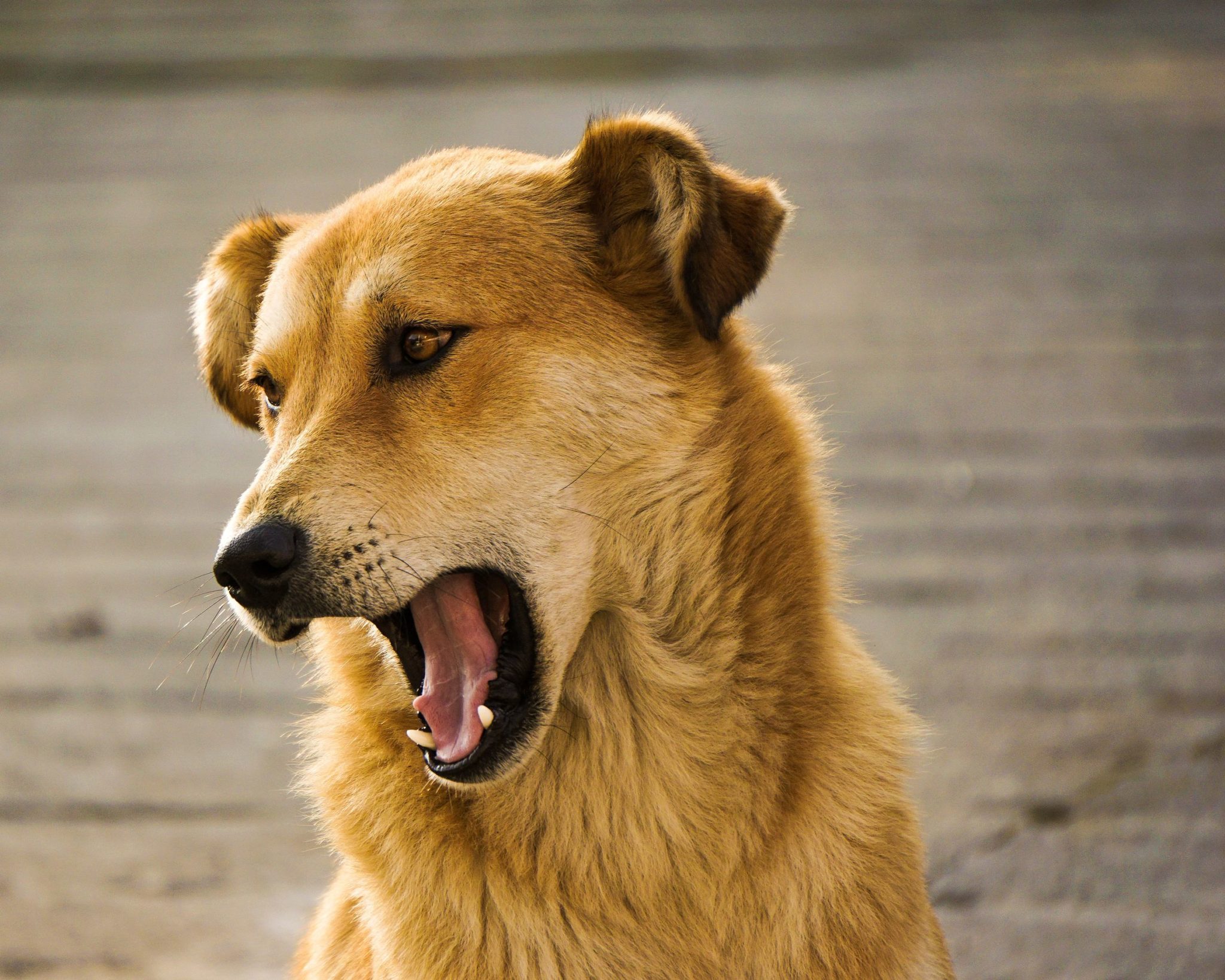
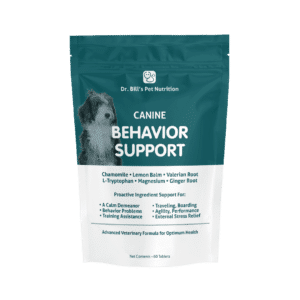
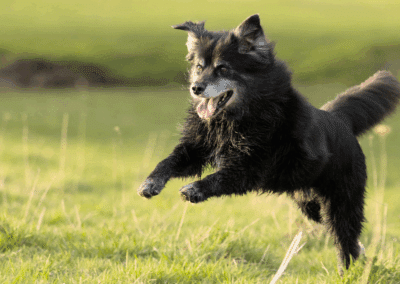
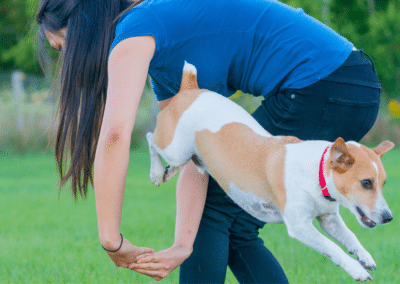
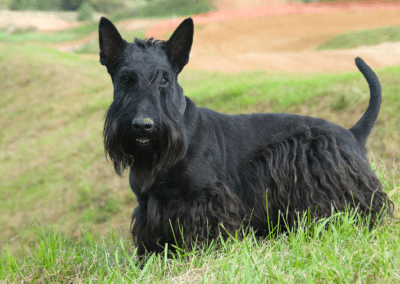
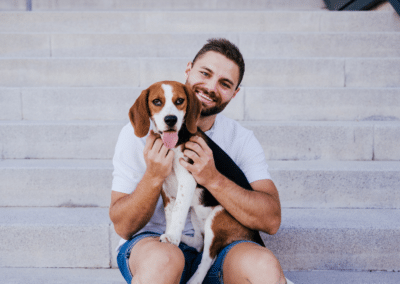



0 Comments